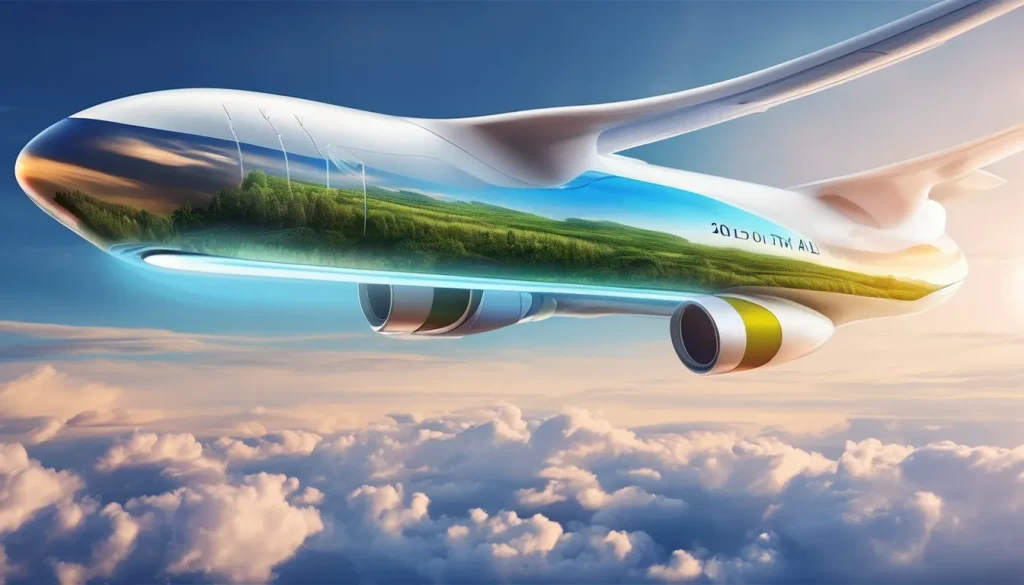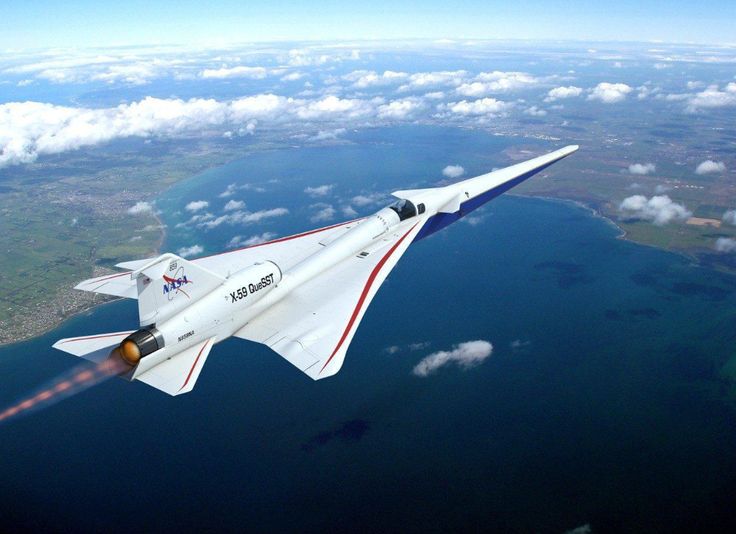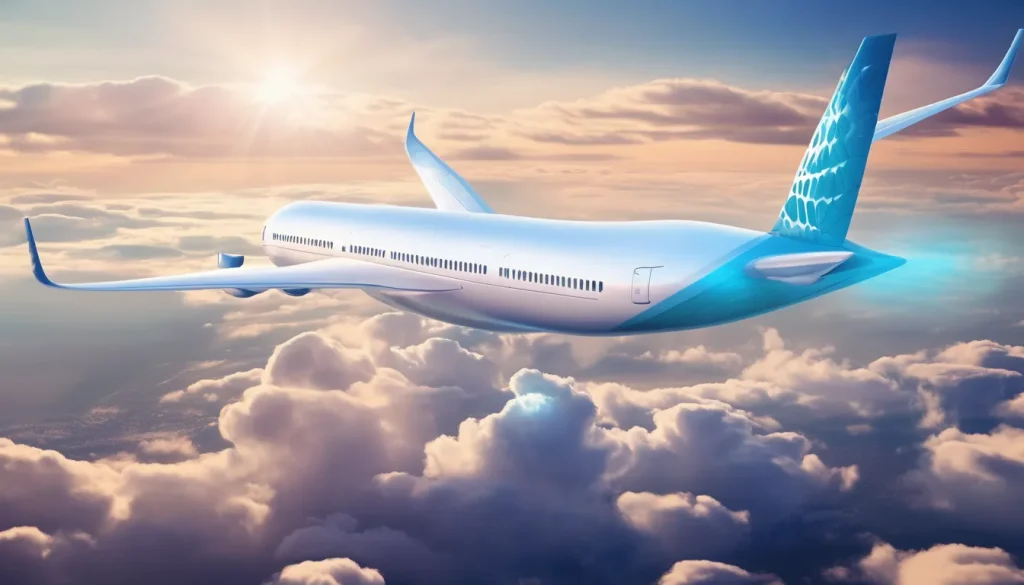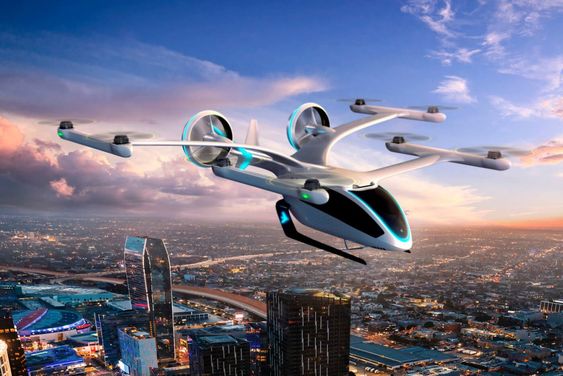Exciting Innovations That Will Change Air Travel in 2030
Exciting Innovations That Will Change Air Travel in 2030
The aviation industry is about to undergo a significant transformation. Technology breakthroughs, environmental concerns, and changing passenger expectations are fueling a rush of innovation as 2030 draws near. The upcoming ten years hold the potential to completely transform the aviation sector, from the way passengers enjoy their travels to the design of the actual aircraft. We’ll look at some of the most innovative technologies that are predicted to revolutionize air travel by 2030 in this post.
1. Aircraft that are Hybrid or Electric: The Next Big Thing in Sustainable Aviation

The widespread use of electric and hybrid aircraft is one of the biggest shifts in aviation that is anticipated by 2030. The creation of cleaner aircraft is a primary goal as pressure mounts on the aviation sector to lower its carbon impact.
Electric Aircraft: The Inception of Zero-Emission Vehicles Takeoffing
Battery-powered electric aircraft have the potential to significantly cut carbon emissions. Prototypes for electric vehicles are already being tested by businesses like Airbus, Boeing, and a few startups. For example, the E-Fan X from Airbus and the hybrid-electric aircraft from Boeing are driving the transition towards an all-electric short-haul fleet in the future.
These planes are quieter and more ecologically friendly, which lessens noise pollution around airports. Electric planes are predicted to become a regular appearance on regional routes by 2030, providing a sustainable substitute for short-distance travel.
Hybrid Aircraft: Filling the Void
Although purely electric aircraft are best suited for short-haul travel, hybrid aircraft—which fuse electric propulsion with conventional jet engines—are being developed for longer journeys. These aircraft might preserve the speed and range required for international travel while consuming a great deal less fuel.
Rolls-Royce and Airbus are developing hybrid-electric propulsion systems that may be in service by 2030. These developments aim to increase sustainability in aviation without sacrificing convenience or performance.
2. Supersonic Travel: The Speed Returns

Following the Concorde’s retirement in 2003, supersonic travel appeared to be history, but it is again making a reappearance. Several businesses are creating new supersonic jets that might reduce travel times in half and revive the appeal of extremely quick air travel.
Thunderbolt Supersonic: The Prelude Jet
Boom Supersonic’s Overture jet project is among the most talked about. With its Mach 1.7 speed, which is almost twice the speed of sound, the Overture has the potential to cut the duration of travel from New York to London to just 3.5 hours. The aircraft is anticipated to operate entirely on sustainable aviation fuel (SAF) to further minimize its environmental effect.
Lockheed Martin and NASA: The X-59 QueSST
The X-59 QueSST is a supersonic aircraft being developed by NASA and Lockheed Martin to reduce the sonic boom, a significant problem with previous supersonic jets. To pave the way for the restoration of commercial supersonic flights by 2030, the X-59 seeks to show that supersonic flying over land can be quiet enough to avoid upsetting people on the ground.
Supersonic travel has the potential to transform global trade and tourism by facilitating access to far-off places and uniting people on a smaller scale.
3. Improved Air Traffic Control: Increasing Efficiency in Aircraft Navigation

Keeping up with the growing aviation traffic is becoming an increasingly important task. By 2030, improvements in air traffic management (ATM) technologies will be crucial to maintaining air travel efficiency, safety, and environmental friendliness.
AI and Machine Learning in Air Traffic Management:
By automating repetitive jobs, forecasting traffic trends, and maximizing aircraft paths, artificial intelligence (AI) and machine learning are poised to completely transform air traffic management. Air traffic controllers will be able to precisely control more flights thanks to this technology, which will cut down on delays and fuel usage.
To improve the effectiveness of Europe’s airspace, for instance, the Single European Sky ATM Research (SESAR) program is putting AI-driven technologies into practice. AI-powered air traffic control systems may be standard by 2030, resulting in more dependable and efficient air travel.
Routes of Flight: The Future of Satellite-Based Navigation
Global Navigation Satellite System (GNSS) and other satellite-based navigation systems are gradually replacing conventional radar-based systems. By providing more precise positioning, these technologies enable fuel-efficient flight paths and lower fuel usage.
The NextGen initiative of the Federal Aviation Administration (FAA) in the United States is setting the standard for satellite-based navigation implementation; it is anticipated to be completely operational by 2030. By making this change, aircraft will be able to fly more direct routes, cutting down on emissions and travel time.
4. Digital Identity and Biometrics: A Smooth Traveler Experience
By 2030, there will be a major change in the passenger experience, with digital identity and biometrics becoming key components in expediting the check-in and boarding process.
Biometric Boarding and Check-In
Airports worldwide are already testing facial recognition technology and other biometric technologies, which may become the norm for boarding and check-in by 2030. Passengers no longer need paper documents to travel through the airport swiftly and safely thanks to these devices.
At the vanguard of this innovation are airports like Dubai International and Changi in Singapore, which have installed biometric systems that allow travelers to use only their faces to check in, drop off bags, pass security, and board flights. Wait times are cut down, and security is improved, all thanks to this flawless experience.
Contactless travel and digital identity
Passengers are increasingly using digital identity systems, which save their travel documents on their smartphones. Traveling contactless is made possible by these devices, and it has grown in significance since the COVID-19 epidemic.
The One ID program, being developed by the International Air Transport Association (IATA), is to establish a digital identity framework that can be applied throughout the aviation sector. Convenience and safety could be increased by 2030 when travelers can travel entirely paperless and contactless.
5. Urban Air Mobility: The Ascent of Air Taxis

By 2030, urban air mobility, or UAM, is another innovative technology that has the potential to revolutionize transport. As electric vertical takeoff and landing (VTOL) aircraft grow more prevalent, air taxis may soon be seen in many cities across the globe.
eVTOL Aircraft: Urban Transportation’s Future
Several businesses, including Uber Elevate (now part of Joby Aviation), Volocopter, and Lilium, are developing eVTOL aircraft, which can take off and land vertically like a helicopter but behave more like a typical airplane in flight.
These planes are made to fly quickly and on-demand around cities, avoiding gridlock and cutting down on commuting times. Urban air mobility networks are predicted to be operational in several major cities by 2030, providing a novel and effective form of transportation.
eVTOL Aircraft: Urban Transportation’s Future
Several businesses, including Uber Elevate (now part of Joby Aviation), Volocopter, and Lilium, are developing eVTOL aircraft, which can take off and land vertically like a helicopter but behave more like a typical airplane in flight.
These planes are made to fly quickly and on-demand around cities, avoiding gridlock and cutting down on commuting times. Urban air mobility networks are predicted to be operational in several major cities by 2030, providing a novel and effective form of transportation.
6. The In-Flight Experience: A New Dimension of Entertainment and Comfort
By 2030, improvements in seats, entertainment, and connection will significantly change the in-flight experience and make flying more pleasurable.
Smart Seats: Customized Coziness
Airline companies are placing a greater emphasis on the comfort of their customers, and by 2030, “smart seats,” which adapt to the shape and preferences of the occupant, should be widely used. These chairs may be equipped with massaging functions, firmness adjustments, and even the capacity to track a passenger’s health and modify the surroundings accordingly.
Virtual and Augmented Reality (AR/VR) Entertainment
The advent of augmented reality (AR) and virtual reality (VR) devices is expected to enhance the immersive experience of in-flight entertainment. While in the air, travelers might explore virtual worlds, watch 3D films, or even take virtual tours of their destination.
By 2030, VR entertainment may be offered as standard on long-haul flights by airlines like Lufthansa and Emirates, giving customers a more interesting and pleasurable travel experience.
High-speed in-flight Wi-Fi
High-speed in-flight Wi-Fi is becoming more and more necessary as more people rely on digital gadgets for business and enjoyment. By 2030, improvements in satellite technology might give travelers internet speeds that are on par with what they get on the ground, enabling smooth gaming, streaming, and remote work.
Leading the push in the development of satellite-based Wi-Fi solutions that have the potential to transform in-flight connection are businesses like Inmarsat and SpaceX’s Starlink.
7. Sustainable Aviation Fuels: Advancing Aviation’s Future
Sustainable aviation fuels, or SAF, are becoming recognized as a critical component of the aviation industry’s efforts to lessen their environmental effects. It is anticipated that a substantial proportion of jet fuel used worldwide will come from renewable sources by 2030.
Synthetic Fuels and Biofuels
Synthetic fuels made from collected carbon dioxide and plant-based biofuels are two examples of the many sources from which sustainable aviation fuels can be made. When comparing these fuels to conventional jet fuel, greenhouse gas emissions can be greatly reduced.
Many airlines have already committed to utilizing 100% sustainable fuel on select flights by 2030, including United Airlines, which is one of the airlines that is currently investing in SAF.









